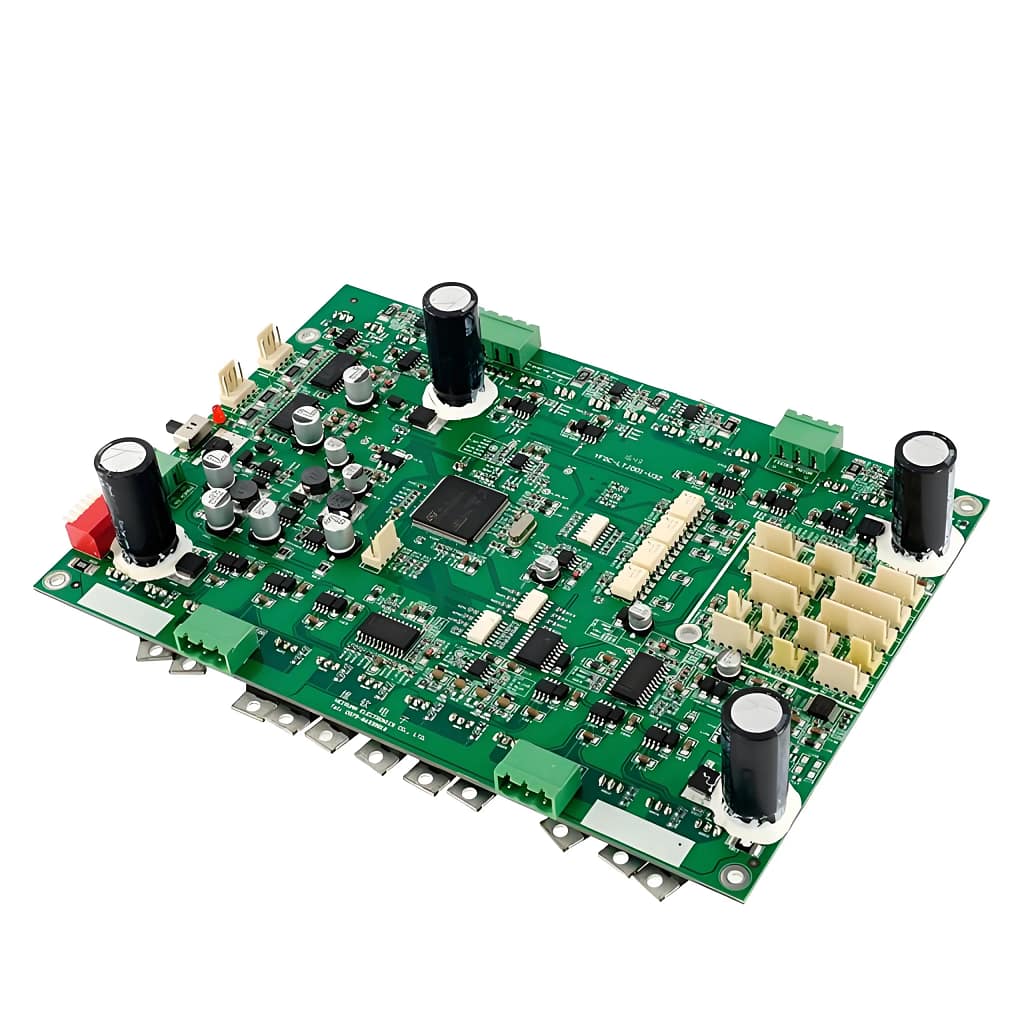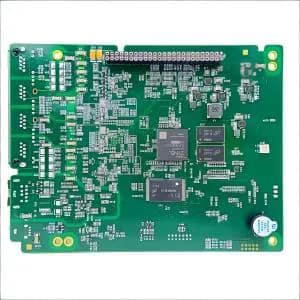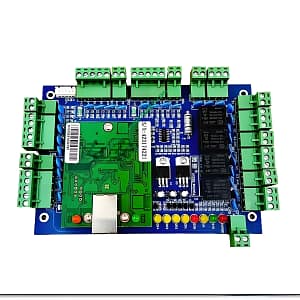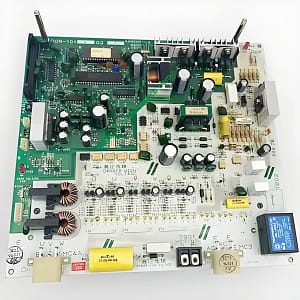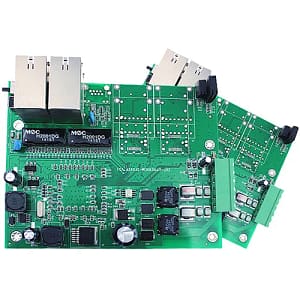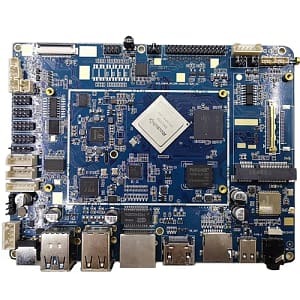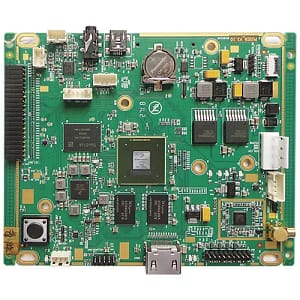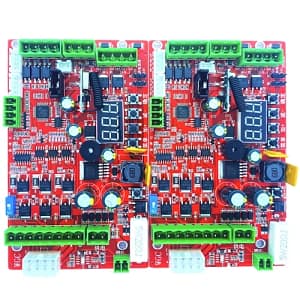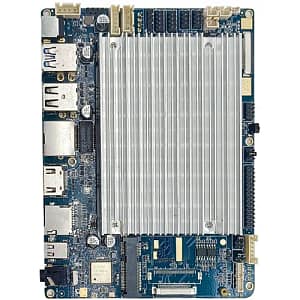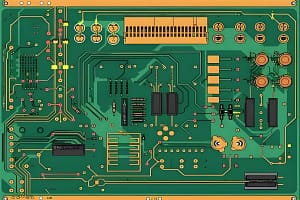What is FPGA?
FPGA (Field Programmable Gate Array) is a reconfigurable circuit chip and a hardware reconfigurable architecture. FPGA design is not a simple chip research, but mainly uses FPGA mode to design products in other industries. Through programming, FPGA users can change its application scenario at any time. It can simulate various parallel operations of CPU, GPU and other hardware. Through the high-speed interface interconnection with the target hardware, FPGA can complete the low operation efficiency of the target hardware, so as to realize acceleration at the system level.
The system designer can connect the logic blocks inside the FPGA through editable connections as needed, just as a circuit board is placed in a chip. The logic block and connection of a finished FPGA can be changed according to the designer, so the FPGA can complete the required logic functions.
În general vorbind, FPGA is slower than ASIC (application specific integrated chip), which can not complete complex design, but the power consumption is low. But they also have many advantages, such as fast finished products, can be modified to correct errors in the program and cheaper cost. Manufacturers may also provide cheap but poorly editable FPGAs. Because these chips have poor editable ability, the development of these designs is completed on an ordinary FPGA, and then the design is transferred to a chip similar to ASIC.
Why use FPGA?
Nowadays, Moore’s law of general-purpose processors (CPUs) is in its twilight years, while the scale of machine learning and web services is growing exponentially. People use custom hardware to accelerate common computing tasks, but the rapidly changing industry requires that these custom hardware can be reprogrammed to perform new types of computing tasks.
FPGA has been used as a small batch substitute for special chip (ASIC) for many years. Cu toate acestea, in recent years, it has been deployed on a large scale in the data centers of Microsoft, Baidu and other companies to provide powerful computing power and sufficient flexibility at the same time.
Then why is FPGA so fast? This is due to the foil of peers.
CPU and GPU belong to von Neumann structure, instruction decoding and execution, and shared memory. FPGA is an architecture without instructions and shared memory, which makes the energy efficiency of FPGA chip much higher than that of CPU and even GPU.
In Feng’s structure, since the execution unit (such as CPU core) may execute any instruction, there needs to be instruction memory, decoder, arithmetic unit of various instructions and branch jump processing logic. Because the control logic of instruction flow is complex, it is impossible to have too many independent instruction flows. Prin urmare, GPU uses SIMD (single instruction flow multiple data flow) to let multiple execution units process different data at the same pace, and the CPU also supports SIMD instructions.
The function of each logic unit of FPGA has been determined during reprogramming (burning), and no instructions are required.
If GPU is used for acceleration, in order to make full use of the computing power of GPU, the batch size cannot be too small, and the delay will be as high as milliseconds. When using FPGA to accelerate, only microsecond pcle delay is required.
Then why is the delay of FPGA so much lower than that of GPU? This is essentially an architectural difference.
FPGA has both pipeline parallelism and data parallelism, while GPU has almost only data parallelism (pipeline depth is limited).
What are the characteristics of FPGA?
Let’s say that FPGA appears as a semi custom circuit in the field of application specific integrated circuits (ASIC). It not only solves the shortcomings of custom circuits, but also overcomes the shortcomings of the limited number of gate circuits of the original programmable devices.
Compared with ASIC chip, an important feature of FPGA is its programmable characteristic, adică, users can specify FPGA to realize a specific digital circuit through program. În plus, FPGA chip is one of the best choices for small batch systems to improve system integration and reliability.
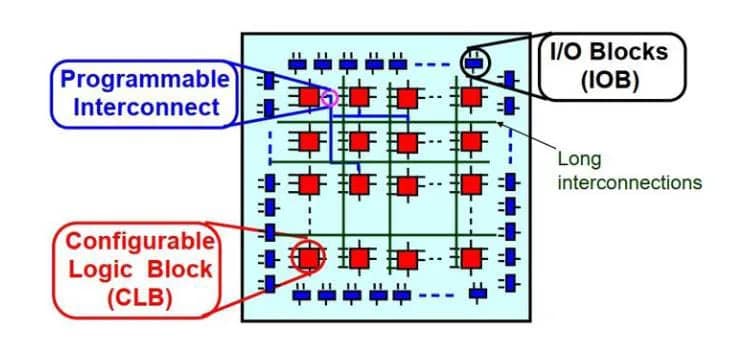
Major FPGA manufacturers
1. Xilinx, the development platform is ISE
2. Altera, the development platform is Quartus II
3. Actel, the development platform is libero
4. Lattice, software platform lattice radiant
5. Atmel
6. Xilinx, software platform Vitis
7. Intel Altera, software platform Quartus II
Softphone platform, softphone 8
9. Micro Chip
The system scheme of FPGA development board to realize engine and control electronics based on MCU, customized ASIC and bulky wire harness has been developed close to its technical and application limits, and the automotive industry is facing new design challenges.
Automotive electronics designers can significantly improve their ability to deal with multiple faults by using FPGA technology with extended temperature range. Although many component suppliers use preventive design techniques and limited methods to simulate and simulate environmental impact, some FPGA architectures still have inherent advantages in withstanding extended temperature range.
Extreme environments often lead to failure modes related to FPGA assembly and packaging, independent of the device itself. Prin urmare, it is very important to reserve specification room at all levels of automotive electronic system. The products provided by FPGA suppliers such as Xilinx and Actel have a wide military temperature range, which can better define the coefficient of thermal expansion and avoid the influence of thermal stress.
UGPCB is a one stop PCB assembly manufacturer. We provide FPGA PCB manufacturing and FPGA PCB assembly services
 LOGO UGPCB
LOGO UGPCB

